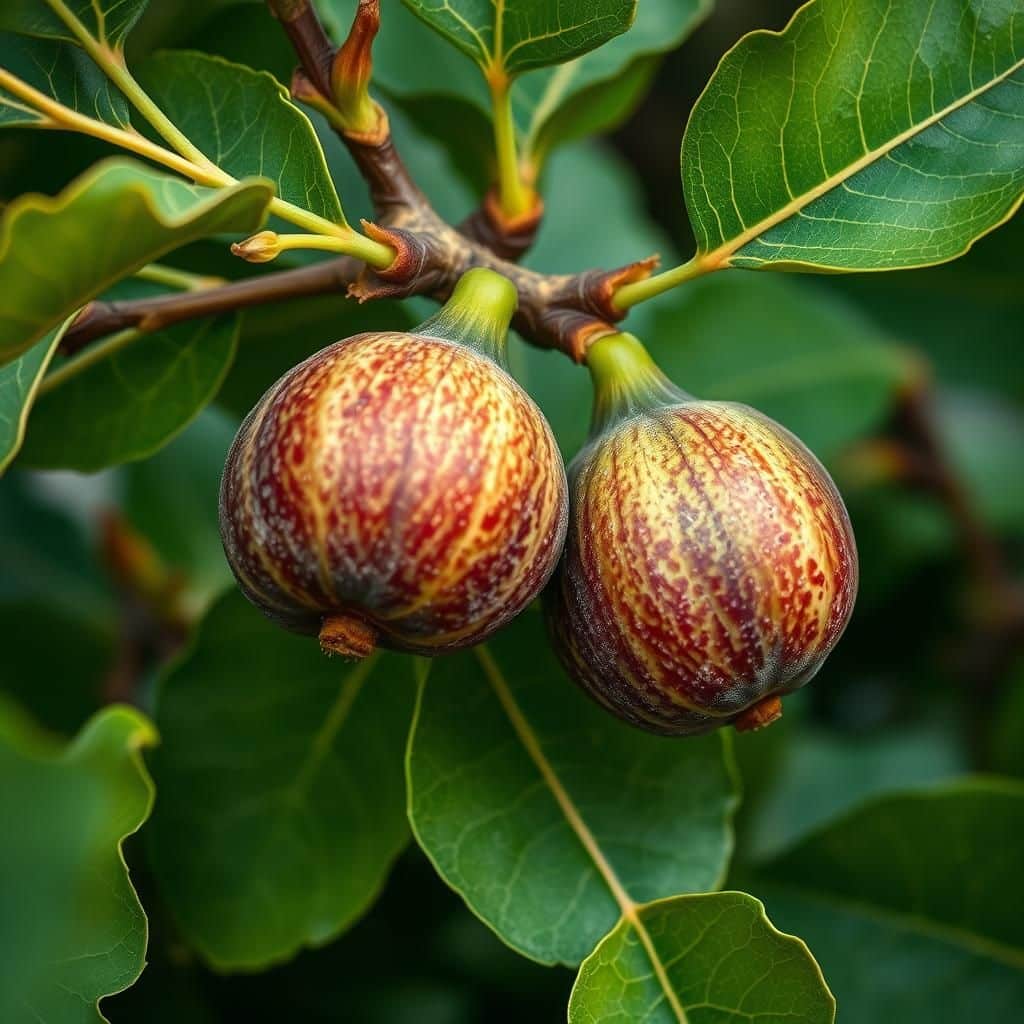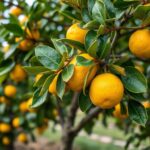How to Prune a Fig Tree Diagram: A Step-by-Step Guide for Perfect Pruning Techniques

Pruning a fig tree can seem daunting, but with the right techniques and guidance, it becomes a manageable and rewarding task. Proper pruning not only enhances the tree’s shape and appearance but also promotes healthy growth and boosts fruit production. This step-by-step guide will break down the pruning process into simple, easy-to-follow instructions, supported by informative diagrams. Whether you are a seasoned gardener or a beginner, learning how to prune your fig tree effectively will help you enjoy a bountiful harvest and maintain a vibrant, thriving tree in your garden. Get ready to transform your fig tree with precision and care.
How to Prune a Fig Tree: A Comprehensive Diagram Guide
Pruning a fig tree is essential for maintaining its health, encouraging fruit production, and ensuring a balanced shape. Following a proper pruning technique can enhance air circulation, reduce disease risk, and manage the tree's size. Ideally, pruning should be carried out during the late winter or early spring, just before the growing season begins, allowing you to remove any dead or diseased branches while promoting vigorous growth. A diagram can be particularly helpful to visualize where and how to make cuts, illustrating the ideal angles and lengths for optimal results. Make sure to use sharp, clean tools to avoid damaging the tree and to ensure healthier cuts.
Understanding the Best Time to Prune
The best time to prune a fig tree is typically during late winter or early spring before new growth begins. This timing allows you to assess the tree's structure and remove any dead, diseased, or overcrowded branches without interfering with the fig's fruiting schedule. Winter dormancy makes it easier for the tree to recover from pruning since it focuses its energy on new growth as the warm months arrive. Pruning at this time also encourages a more fruitful season by promoting healthier branch development and ensuring that light and air reach the tree's interior.
Tools Required for Pruning
To effectively prune a fig tree, you will need specific tools to ensure clean cuts and proper care. Pruning shears are ideal for small branches, while larger branches may require a loppers or a handsaw. Additionally, having a pair of gloves is essential for hand protection, especially when handling sharp tools or potentially thorny branches. Sterilizing your tools before use with alcohol wipes or a bleach solution is also important to prevent the spread of disease. Using the right tools will make your pruning tasks more manageable and efficient, leading to healthier cuts and a thriving fig tree.
Pruning Techniques Explained
When it comes to pruning a fig tree, understanding specific techniques is vital for success. Start by removing any dead or diseased branches, cutting them at their point of origin or back to healthy wood. Next, focus on thinning out crowded areas to improve air circulation and sunlight penetration, which helps in fruit production and reduces the risk of rot. Use the heading back technique to remove the top of longer branches to encourage bushier growth. Moreover, remember to make clean cuts at a 45-degree angle to prevent water accumulation on the cuts and promote quick healing.
Creating a Pruning Diagram
Creating a pruning diagram for your fig tree can provide a clear visual guide for future maintenance. Begin by sketching the overall shape of your tree, noting the main trunk and branches. Indicate the areas where you plan to make cuts, highlighting which branches to remove entirely and which to shorten. Use different colors or symbols to represent various pruning techniques, such as thinning or heading back, making it easy to reference during the pruning process. This diagram will serve as a useful tool for both your current pruning session and future maintenance tasks.
See also:
Post-Pruning Care for Fig Trees
After pruning your fig tree, providing proper post-pruning care is crucial for its recovery and growth. Ensure that you water the tree adequately, promoting healthy development and helping it adjust to the changes made during pruning. Applying a mulch layer around the base of the tree can help retain moisture and suppress weed growth, further benefiting the plant. Additionally, monitoring the tree for any signs of disease or pest infestation is essential, as pruning can sometimes attract unwanted insects. Maintaining a consistent care routine will enhance the tree's resilience and promote a bountiful harvest.
| Task | Description | Frequency |
|---|---|---|
| Pruning | Remove dead, diseased, and crowded branches | Annually |
| Watering | Ensure consistent moisture for healthy growth | Weekly during growing season |
| Mulching | Apply organic mulch to retain moisture | Annually |
| Disease Monitoring | Check for signs of diseases or pests | Monthly |
| Fertilizing | Provide nutrients to support growth | Every spring |
Can I cut the top of my fig tree off?

Yes, you can cut the top of your fig tree off, a process often referred to as topping. Topping can help manage the height and shape of the tree, making it easier to harvest the fruits and maintain the tree's overall appearance. However, there are important considerations and techniques to keep in mind to ensure the health and productivity of your fig tree post-topping.
Reasons for Topping a Fig Tree
Topping a fig tree can serve various purposes. Here are some reasons why garden owners might consider this option:
- Height Management: Topping can help keep the fig tree at a manageable height, making it easier to care for and harvest fruits.
- Shape Control: It allows for the shaping of the tree to encourage a more attractive and fruitful growth pattern.
- Sunlight Penetration: Removing the top can increase sunlight exposure to the lower branches, promoting better fruit production.
Best Time to Cut the Top of a Fig Tree
Timing is crucial when it comes to topping a fig tree. The best time to do so is typically during the early spring before the new growth begins. Here are some key points regarding timing:
- Early Spring: Cutting in spring allows the tree to recover quickly and promotes healthy new growth.
- After Frost: Ensure that any frost risk has passed to avoid damaging the tree.
- During Dormancy: Performing the cut while the tree is still dormant may help minimize shock to the plant.
Techniques for Topping a Fig Tree
To ensure a successful topping process, certain techniques should be followed to promote healthy future growth and reduce stress on the tree:
See also:
- Make Clean Cuts: Use sharp, clean pruning shears to avoid damaging the tree and reduce the risk of disease.
- Cut Above a Node: Make cuts just above a node or bud to encourage new growth from that point.
- Avoid Over-Topping: Do not remove more than one-third of the tree’s height at once to minimize shock.
Post-Topping Care for Fig Trees
Once you have topped your fig tree, proper care is essential to encourage recovery and healthy growth. Here are key care tips:
- Watering: Provide adequate water to help the tree recover, especially during dry spells.
- Mulching: Apply mulch around the base to retain soil moisture and suppress weeds.
- Monitor for Pests: Keep an eye out for any pest infestations or diseases that may arise after topping.
Potential Risks of Topping a Fig Tree
While topping can provide benefits, it also carries risks that should be considered. Understanding these risks can help you make an informed decision:
- Tree Shock: The tree may experience shock, impacting its growth and fruiting ability.
- Disease Vulnerability: Open cuts can expose the tree to pathogens, increasing the risk of disease.
- Reduced Fruit Production: Improper topping may lead to reduced yields or delayed fruiting.
Questions from Our Readers
What is the best time to prune a fig tree?
Pruning a fig tree is ideally done in the early spring before new growth begins. This timing allows for better air circulation and promotes healthy fruit production. Avoid pruning in late summer or fall, as this can damage the new growth before winter.
How much should I prune my fig tree?
When pruning a fig tree, it's important to remove about 20-30% of the overall size of the tree. Focus on removing dead or diseased branches and thinning areas that appear crowded. This will help improve light penetration and fruit quality.
What tools do I need for pruning a fig tree?
To effectively prune a fig tree, you will need a pair of sharp pruning shears, a lopper for larger branches, and potentially a saw for any heavy limbs. Ensuring your tools are clean and sharp helps make precise cuts that heal quickly and prevent disease.
Can I prune a fig tree if it's not producing fruit?
Yes, you can prune a fig tree that isn't producing fruit. It is often beneficial to prune in order to encourage better growth and improve fruiting in the next season. Focus on removing unproductive branches and shaping the tree to enhance overall health and productivity.
See also:

If you want to read more articles like How to Prune a Fig Tree Diagram: A Step-by-Step Guide for Perfect Pruning Techniques, we recommend you check out our Pruning category.
Leave a Reply
Related Articles